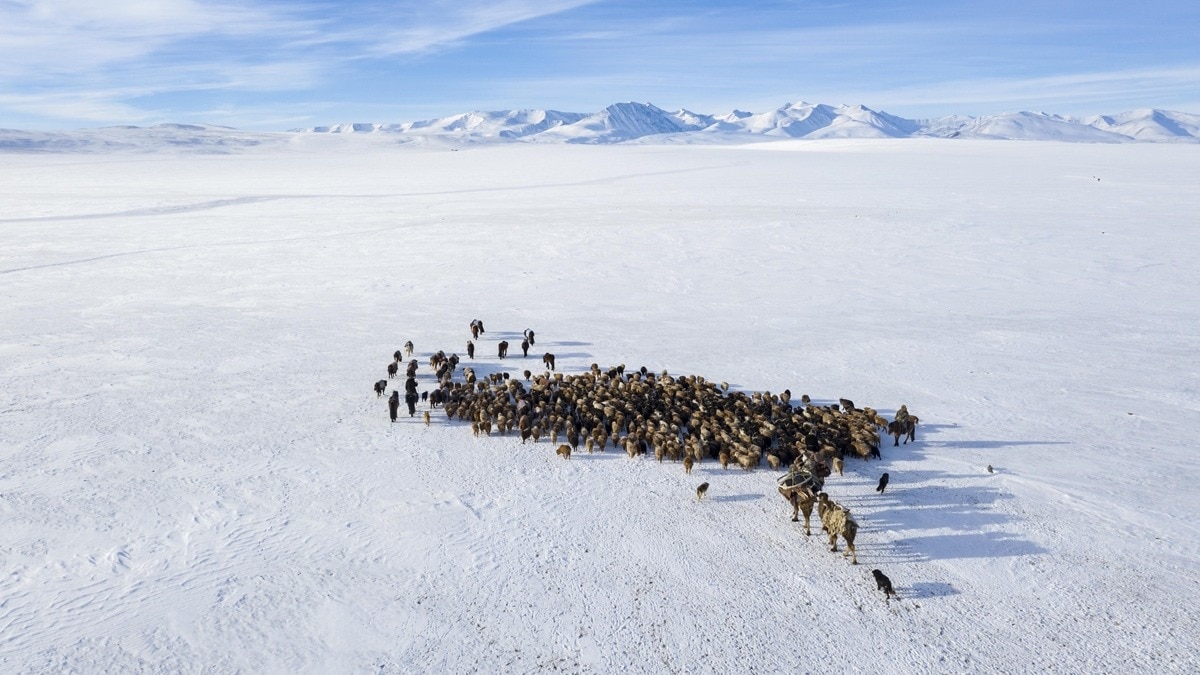A new report released by the United Nations alarming trend that over 20% of the world’s migratory species are teetering on the brink of extinction.
This stark warning comes as billions of animals undertake their annual epic journeys across various terrains and oceans to fulfill their life cycles of breeding and feeding.
The comprehensive analysis, which is the first of its kind, highlights the dire consequences of climate change and human interference on these vital natural phenomena.
The report scrutinises the status of 1,189 species protected under a 1979 UN convention dedicated to the conservation of migratory animals. It paints a grim picture: 44% of these species have experienced population declines, with up to 22% facing the possibility of complete disappearance.
Data from the International Union for the Conservation of Nature (IUCN) and the Living Planet Index, tracking over 5,000 species since 1970, underpin the report’s findings.
The decline in migratory species not only threatens biodiversity but also has far-reaching implications for global food security and human livelihoods.
Amy Fraenkel, executive secretary of the UN Convention on the Conservation of Migratory Species of Wild Animals, emphasised the urgency for governments to act on the report’s recommendations.
Speaking ahead of the convention’s triennial meeting in Samarkand, Uzbekistan, Fraenkel highlighted the need for effective implementation of conservation strategies.
Human activities, including unsustainable hunting, fishing, and exploitation, impact 70% of the listed species. Habitat loss, affecting three-quarters of the species, underscores the necessity for interconnected ecosystems. The report calls on governments to consider the ecological impact of infrastructure projects like dams and wind turbines, which can disrupt habitats and migration paths.
The report also points to the exacerbating effects of climate change, such as altered migration timing, heat stress, and extreme weather events like droughts and wildfires. These changes, once predicted, are now unfolding with increasing frequency and intensity.
During the Samarkand meeting, delegates will review additional species for inclusion on the watchlist, such as the giant Amazon catfish. A new initiative will be launched to provide countries with technical support to better protect habitats.
Conservationists are urging governments to fulfill their commitments made under the 2022 global biodiversity agreement, which includes designating 30% of the world’s land and sea territories for nature by 2030.
